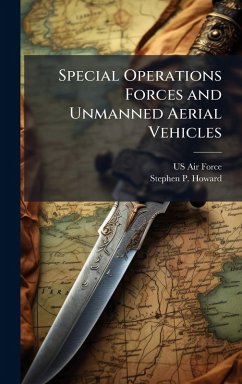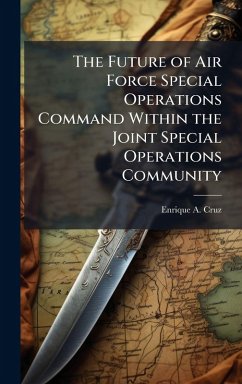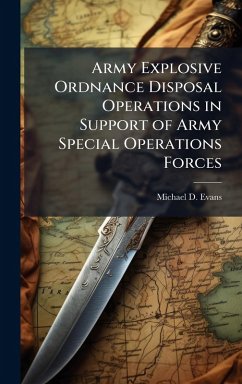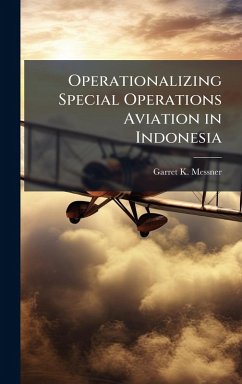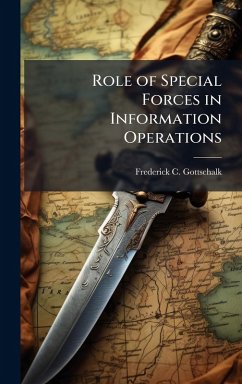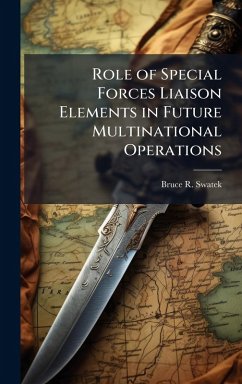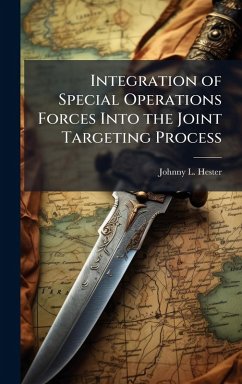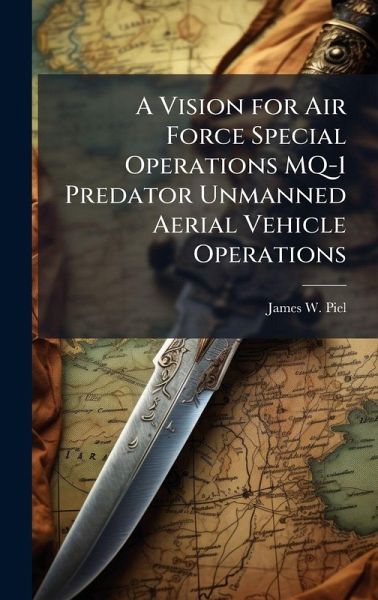
A Vision for Air Force Special Operations MQ-1 Predator Unmanned Aerial Vehicle Operations
Versandkostenfrei!
Versandfertig in über 4 Wochen
25,99 €
inkl. MwSt.
Weitere Ausgaben:

PAYBACK Punkte
13 °P sammeln!
Currently, all USAF MQ-1 Predator assets are assigned to the CENTCOM AOR and tasked by the CFACC. Under this arrangement, "there are not enough Predators available to the CFACC to fulfill all SOF requirementsand the quality of the support has been hindered by the Predator operators lack of familiarity with SOF operations".4 This "lack of familiarity with SOF operations" is a direct result of a lack of joint training with SOF ground forces and a lack of actual SOF airmindedness by the ACC pilots. In response to this, USSOCOM began fielding its own MQ-1 capabilities under AFSOC in 2005 in order ...
Currently, all USAF MQ-1 Predator assets are assigned to the CENTCOM AOR and tasked by the CFACC. Under this arrangement, "there are not enough Predators available to the CFACC to fulfill all SOF requirementsand the quality of the support has been hindered by the Predator operators lack of familiarity with SOF operations".4 This "lack of familiarity with SOF operations" is a direct result of a lack of joint training with SOF ground forces and a lack of actual SOF airmindedness by the ACC pilots. In response to this, USSOCOM began fielding its own MQ-1 capabilities under AFSOC in 2005 in order to ensure that SOF has complete operational control (OPCON) of its own Predator force, and the pilots flying the missions have the requisite SOF training and experience that is necessary to conduct the complex suite of missions that must be executed in order to find, fix, finish high value targets. This includes understanding the common tactics, techniques, and procedures used by other SOF air and ground forces during SOF operations. This work has been selected by scholars as being culturally important, and is part of the knowledge base of civilization as we know it. This work was reproduced from the original artifact, and remains as true to the original work as possible. Therefore, you will see the original copyright references, library stamps (as most of these works have been housed in our most important libraries around the world), and other notations in the work. This work is in the public domain in the United States of America, and possibly other nations. Within the United States, you may freely copy and distribute this work, as no entity (individual or corporate) has a copyright on the body of the work. As a reproduction of a historical artifact, this work may contain missing or blurred pages, poor pictures, errant marks, etc. Scholars believe, and we concur, that this work is important enough to be preserved, reproduced, and made generally available to the public. We appreciate your support of the preservation process, and thank you for being an important part of keeping this knowledge alive and relevant.



